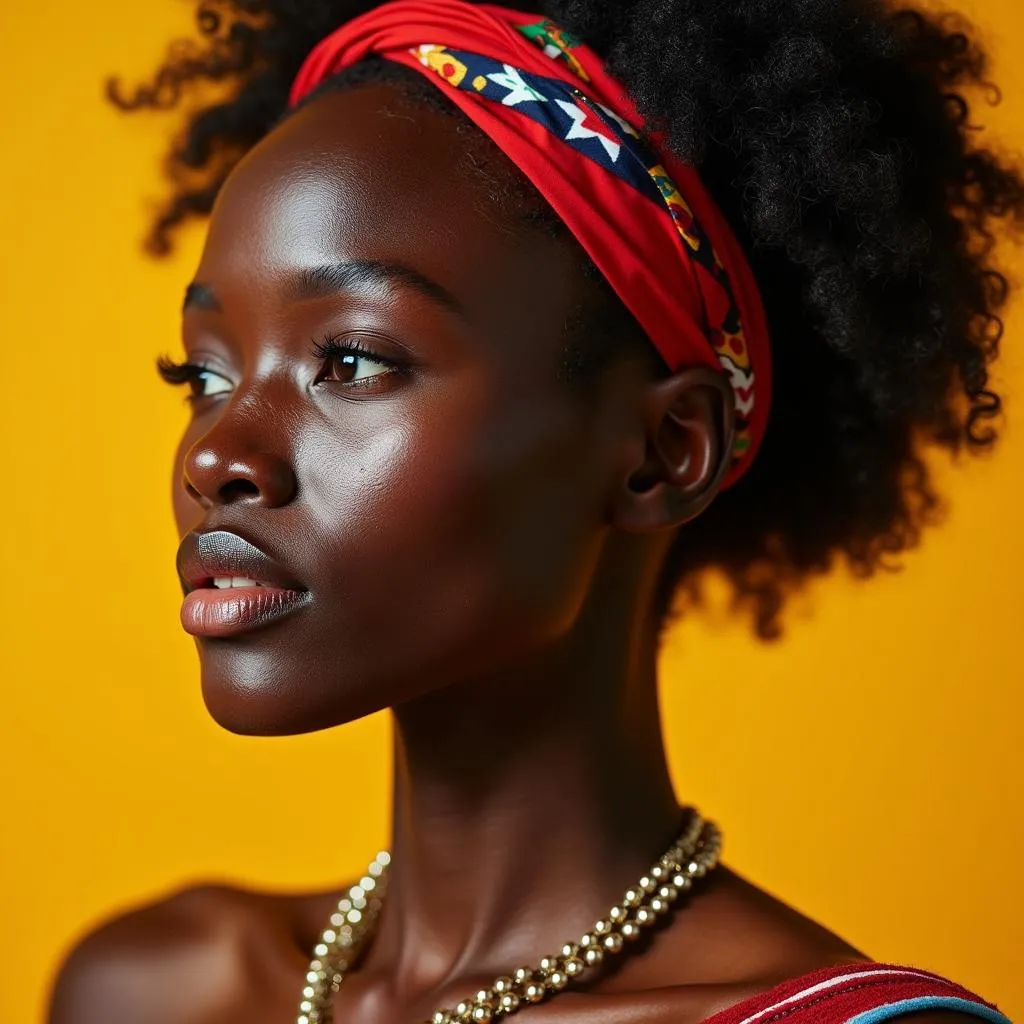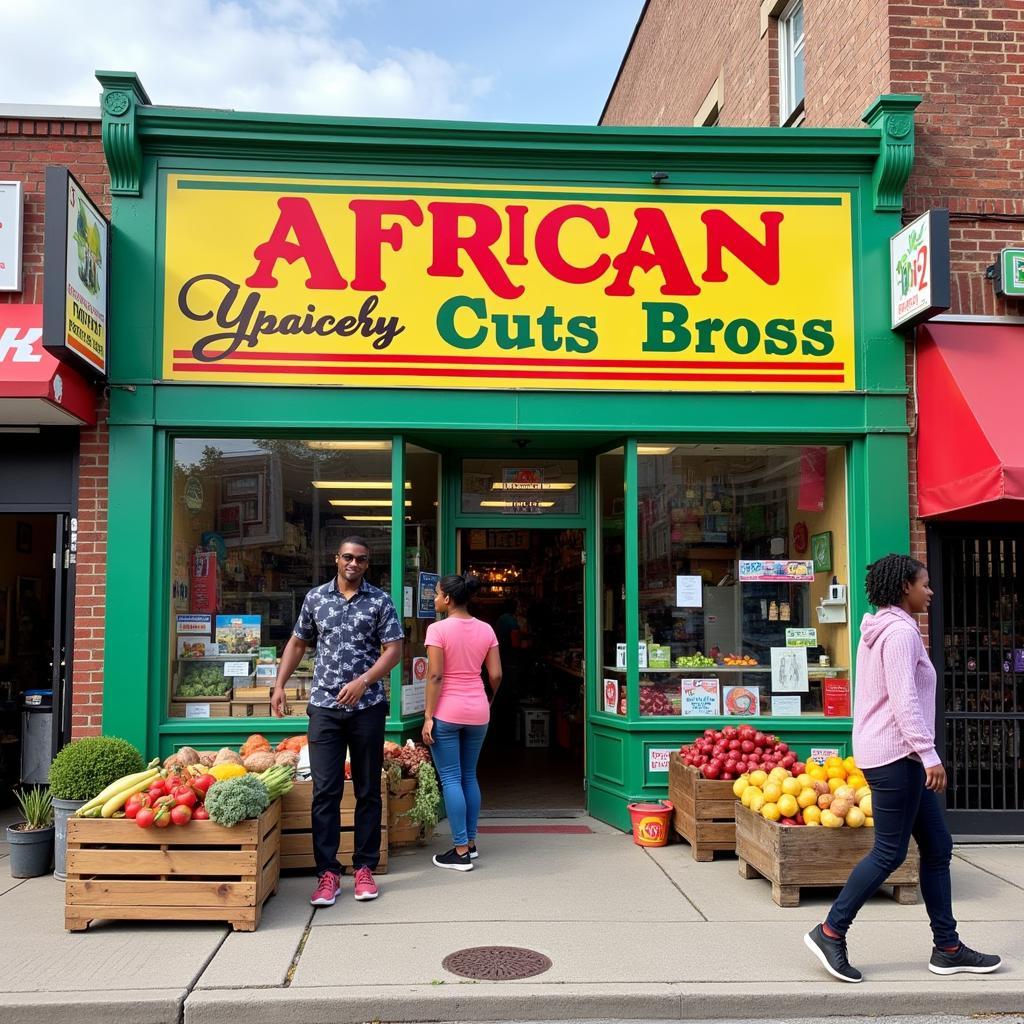Exploring the Rhythmic World of African Hand Percussion Instruments
African Hand Percussion Instruments are a vibrant testament to the continent’s rich musical heritage. From the hypnotic beats of the djembe to the intricate rhythms of the talking drum, these instruments play a crucial role in African culture, serving as a powerful means of communication, storytelling, and artistic expression. This article will delve into the diverse world of African hand percussion, exploring their history, craftsmanship, and cultural significance.
Many African cultures highly value music and dance as integral parts of everyday life, from celebrations to rituals and storytelling. You can find 3 african instruments used in various contexts, reflecting the diversity and creativity of the continent’s musical traditions. These instruments are not mere tools for creating sound; they are vessels of cultural memory, embodying the spirit and traditions of countless generations. The resonant tones and intricate rhythms produced by these instruments evoke a sense of community and shared identity, connecting people to their ancestral roots and forging a powerful link between the past and the present.
The Djembe: A Heartbeat of West Africa
The djembe, perhaps the most recognizable African hand drum, originates from West Africa. Its goblet-shaped body, traditionally carved from a single piece of hardwood, is covered with a stretched goatskin head. The djembe produces a wide range of tones, from deep bass to sharp slaps, allowing for complex rhythmic patterns.
Talking Drums: Communicating Through Rhythm
Talking drums, as their name suggests, mimic the tones and cadences of human speech. These hourglass-shaped drums, found in various forms across West Africa, are played by squeezing the cords that connect the two drumheads. Skilled players can create incredibly nuanced sounds, conveying complex messages and stories through rhythm. If you’re interested in other types of traditional music, check out these african folk music instruments.
The intricacies of playing the talking drum require years of practice and dedication. Master drummers are highly respected figures in their communities, often serving as historians, storytellers, and even mediators in disputes. Their ability to communicate through rhythm elevates the talking drum beyond a musical instrument, transforming it into a powerful tool for social cohesion and cultural preservation.
Beyond the Djembe and Talking Drum: Exploring Other African Hand Percussion Instruments
While the djembe and talking drum are well-known, the world of African hand percussion is vast and diverse. The kpanlogo, a double-bell instrument from Ghana, creates bright, metallic rhythms. The shekere, a gourd covered in beads, produces a distinctive rattling sound. The bougarabou, a large frame drum from Senegal, provides deep, resonant bass tones. Each instrument contributes its unique voice to the rich tapestry of African music.
You may find a variety of african instruments for sale online, offering a chance to experience these fascinating musical traditions firsthand. This includes everything from djembes to less common instruments, making it possible for music enthusiasts worldwide to connect with the sounds of Africa.
How are African Hand Percussion Instruments Made?
The craftsmanship behind African hand percussion instruments is as remarkable as the music they produce. Traditionally, these instruments are crafted by skilled artisans using locally sourced materials. From the selection of the wood to the stretching of the drumhead, each step is imbued with cultural significance and attention to detail.
Dr. Aboubacar Diarra, a renowned ethnomusicologist, states, “The creation of an African drum is not just a craft; it is a spiritual act. The artisan infuses the instrument with the life force of the tree, connecting it to the ancestral spirits.” This deep connection between the instrument, the maker, and the natural world is at the heart of African musical traditions. Professor Abena Busia, a respected scholar of African literature and culture, adds, “The rhythms of African drums are the heartbeat of the continent, echoing the stories, struggles, and triumphs of its people.”
Conclusion
African hand percussion instruments are more than just musical instruments; they are powerful symbols of cultural identity, community, and artistic expression. From the resonant beats of the djembe to the intricate rhythms of the talking drum, these instruments continue to captivate audiences worldwide, offering a glimpse into the rich musical heritage of Africa. Exploring the world of African hand percussion instruments offers a deeper understanding of the continent’s vibrant cultures. If you’re interested in a specific type of drum, learn more about the african gourd drum.
FAQ
- What is the most common African hand percussion instrument? The djembe is likely the most widely recognized.
- How is a talking drum played? By squeezing the cords connecting the two drumheads.
- What are some other examples of African hand percussion instruments? The kpanlogo, shekere, and bougarabou.
- What materials are used to make African drums? Traditionally, wood and animal hide.
- What is the cultural significance of African hand percussion? They are used in celebrations, rituals, and storytelling.
Common Situations and Questions
Scenario: You’re fascinated by the sounds of African music and want to learn more about the instruments.
Question: Where can I find reliable information about different types of African hand percussion instruments?
Scenario: You’re planning a trip to Africa and want to experience the music firsthand.
Question: Where can I see live performances of African music using traditional instruments?
Scenario: You want to purchase an African drum.
Question: Where can I buy authentic African hand percussion instruments?
Further Exploration
For more information on related topics, explore the following:
- The history of African music
- The role of music in African society
- Different regional styles of African music
For any assistance, please contact us: Phone: +255768904061, Email: kaka.mag@gmail.com Or visit us at: Mbarali DC Mawindi, Kangaga, Tanzania. Our customer service team is available 24/7.


